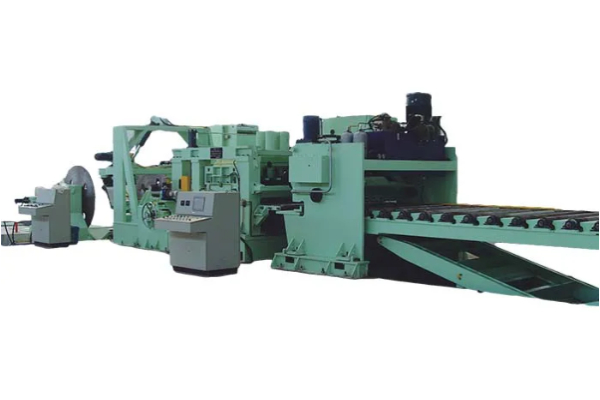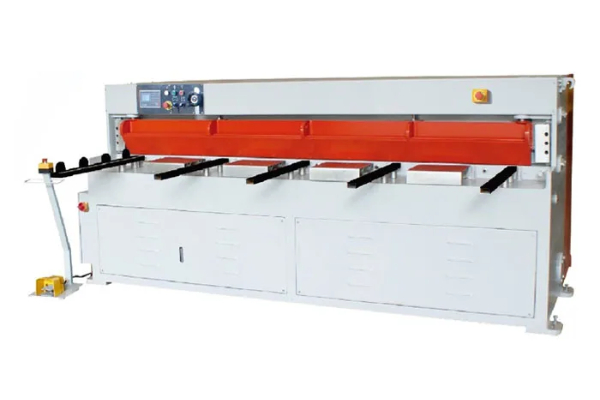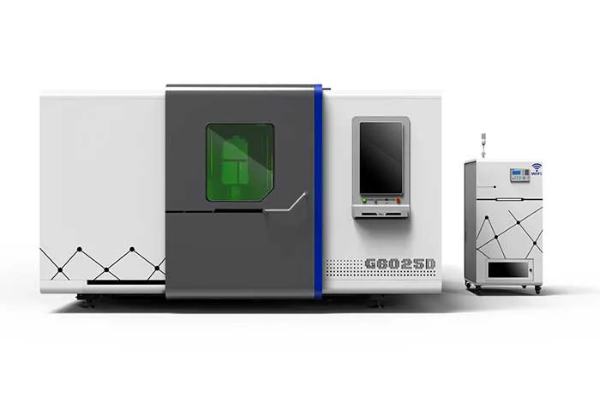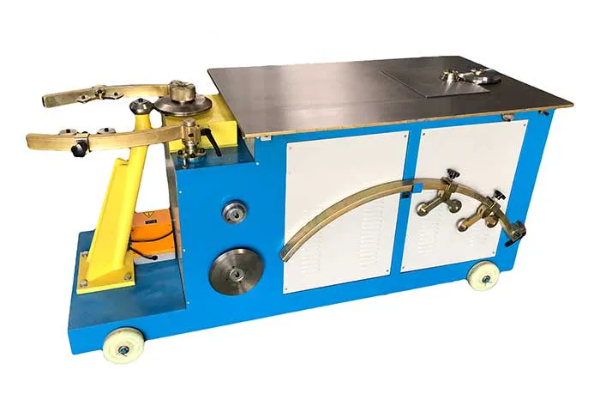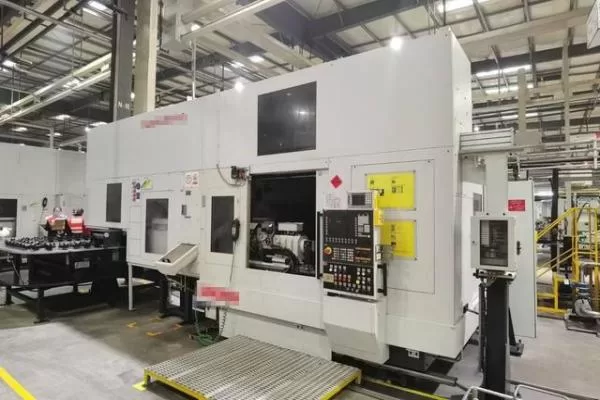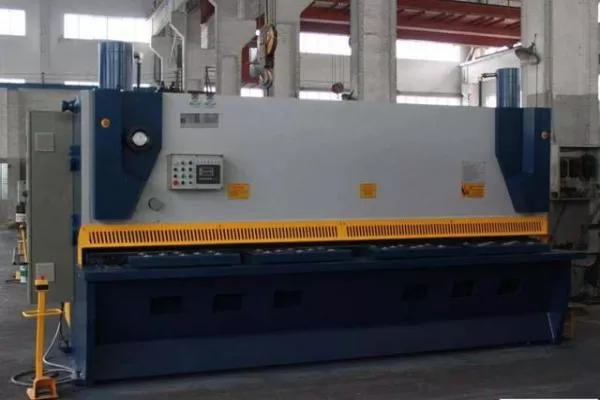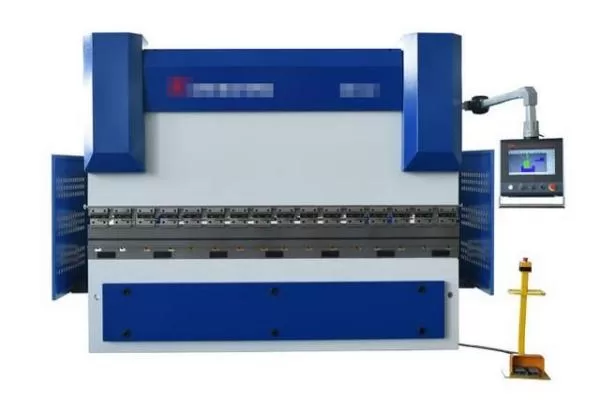
When is the best time to replace the tooling on a sheet metal press brake?
- By:Metmac
- 2024-06-13
- 176
When is the Best Time to Replace the Tooling on a Sheet Metal Press Brake?
Maintaining a sheet metal press brake is essential for ensuring optimal performance and extending its lifespan. One crucial aspect of maintenance is replacing the tooling, which includes the punch, die, and stripper. The timing of tooling replacement is critical to prevent downtime and ensure the quality of the bending process.
Signs of Tooling Wear
Several telltale signs indicate the need to replace press brake tooling:
Scoring or scratches on the workpiece: Worn tooling can create imperfections on the surface of the bent metal.
Reduced bending accuracy: Inaccurate bends or misalignments may result from damaged or dull tooling.
Excessive noise during operation: Unusual noises, such as grinding or squealing, can indicate worn tooling.
Difficulty in bending: Excessive force or jamming during the bending process suggests that the tooling needs replacement.
Corrosion or rust: Rust and corrosion on the tooling can weaken its structure and reduce its lifespan.
Factors to Consider
The optimal time to replace tooling depends on several factors, including:
Usage and Frequency of Use
The frequency and intensity of press brake operations directly impact tooling wear. High-volume production environments or demanding applications require more frequent tooling replacements.
Material Thickness and Type
The thickness and type of metal being bent also play a role. Thicker or harder materials put more stress on the tooling, necessitating earlier replacement.
Lubrication
Proper lubrication extends tooling lifespan by reducing friction and wear. Inadequate lubrication can accelerate tooling degradation.
Preventative Maintenance Schedule
Establishing a regular preventative maintenance schedule can help detect tooling wear early and prevent catastrophic failures. This involves periodic inspections and proactive replacement when necessary.
Cost Considerations
The cost of replacing tooling must be weighed against the potential costs of downtime or reduced productivity caused by worn tooling. Planned replacements can minimize unplanned interruptions.
Conclusion
Timing is crucial when replacing sheet metal press brake tooling. By monitoring for signs of wear, considering various factors, and implementing a preventative maintenance schedule, manufacturers can optimize the performance of their press brakes, minimize downtime, and ensure high-quality bending results. Regular tooling replacement is an investment that pays dividends in increased productivity, accuracy, and machine lifespan.
-
Advanced Sheet Metal Rolling, Cutting, and Folding Machines for Efficient Fabrication
2025/10/22 -
High-Precision Sheet Metal Bending and Cutting Solutions for Modern Manufacturing
2025/10/22 -
High-Precision Solutions from Leading Sheet Metal Cutting Machine Manufacturers
2025/09/11 -
Reliable Sheet Metal Equipment for Sale to Support Precision Fabrication
2025/07/17
-
High-Performance Sheet Metal Equipment for Sale: Forming and Shearing Solutions for Modern Fabrication
2025/10/22 -
Precision and Performance: Advanced Sheet Metal Processing Solutions
2025/10/17 -
Advanced Sheet Metal Press, Shearing, and Forming Machines
2025/10/17 -
High-Performance Sheet Metal Laser Cutting Machines for Sale — Precision and Efficiency Combined
2025/10/17
-
A Guide to the Latest Innovations in Sheet Metal Folding Machines
2024/11/29 -
Key Features to Consider When Investing in a Sheet Metal Folding Machine
2024/11/28 -
Enhancing Precision with Advanced Sheet Metal Folding Machines
2024/11/27 -
How to Choose the Right Sheet Metal Folding Machine for Your Workshop
2024/11/26
